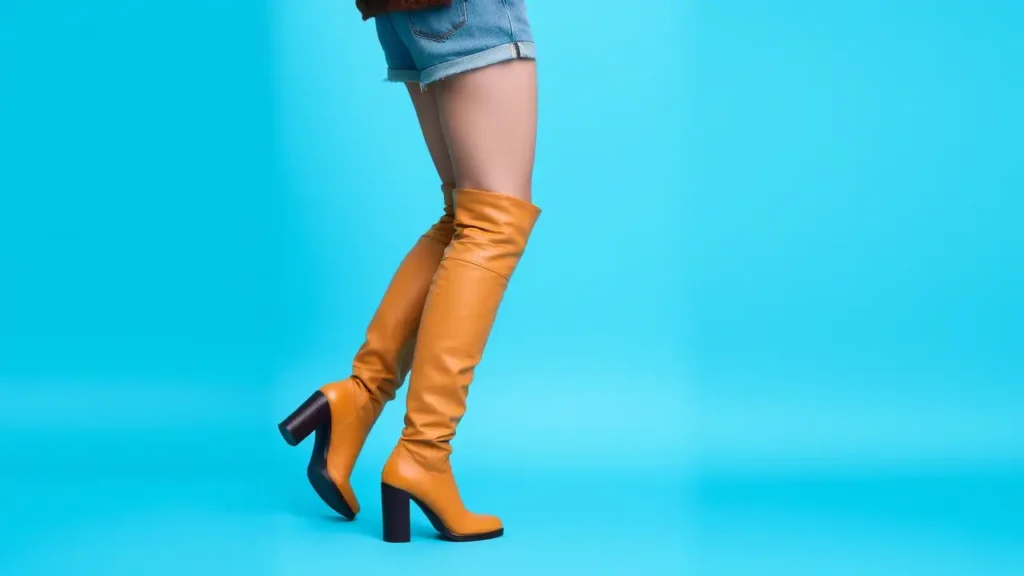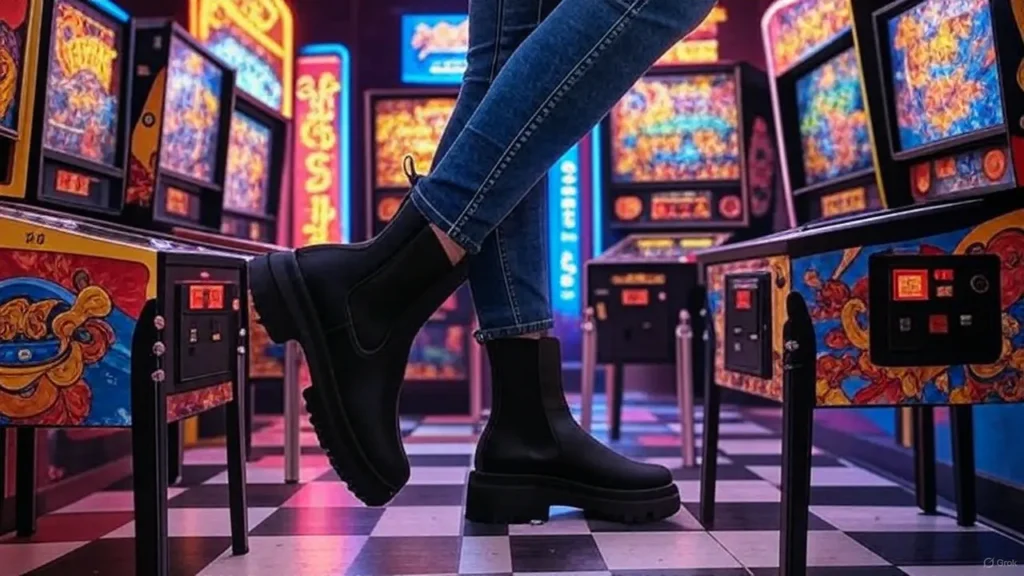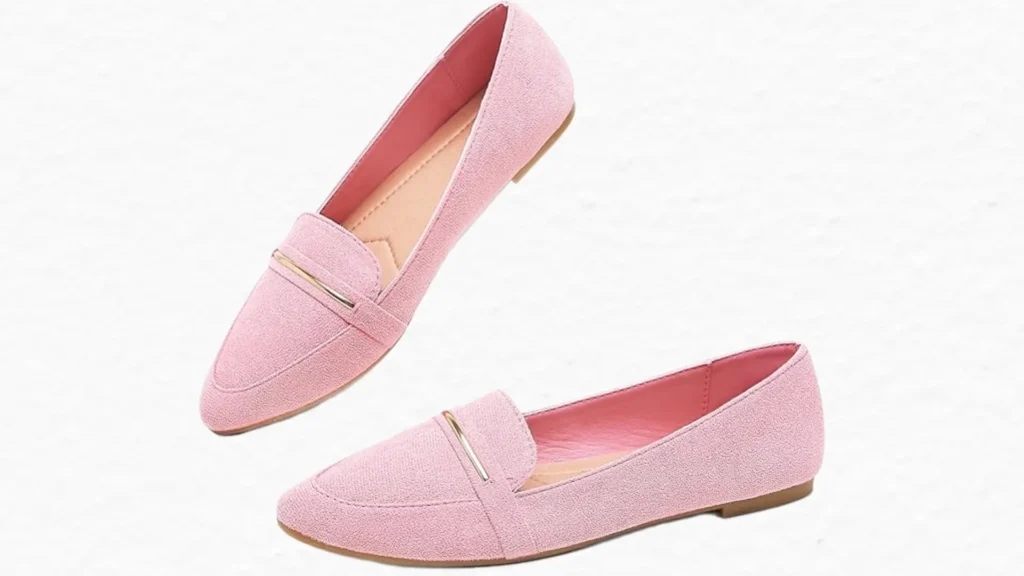Picture yourself in Tokyo’s vibrant Shibuya district, where every corner bursts with bold sneaker styles.
Sneaker culture in Japan is not just about footwear. It’s a lifestyle, a passion, and a form of self-expression. From rare designs to cutting-edge collaborations, sneakers tell a story of innovation and individuality.
This article traces the evolution of sneaker culture in Japan over decades. It explores its roots, key moments, global influence, and future trends. Let’s step into this dynamic world.
The Early Days of Sneakers in Japan
Sneakers first appeared in Japan in the early 20th century. They were basic canvas shoes with rubber soles. People wore them for sports or physical education.
American brands Keds and Converse led the way. These shoes were practical, not fashionable. Schools required them for gym classes, making them a common sight. They were affordable and durable, perfect for active kids.
In the 1950s, Japan’s economy began to recover after World War II. More people could afford imported goods. Sneakers became more popular. Local companies saw an opportunity. Onitsuka Tiger, founded in 1949, started making athletic shoes. T
heir designs were simple but well-crafted. They gained a loyal following among athletes and students. Other Japanese brands, like Mizuno, also entered the market. These early sneakers laid the foundation for what was to come.
The 1960s brought a major shift. Sports became a national focus. The 1964 Tokyo Olympics showcased Japan to the world. Athletes wore sleek sneakers, catching everyone’s eye. Onitsuka Tiger supplied shoes for the Japanese team.
Their designs became iconic. Sneakers started to symbolize progress and global connection. Young people wanted them, not just for sports but for everyday wear. This was the beginning of sneakers as a cultural phenomenon.
The 1980s: The Birth of Sneaker Culture
The 1980s were a turning point. American pop culture swept through Japan. Movies, music, and fashion inspired a new generation. Sneakers became a key part of this cultural wave. Global brands like Nike and Adidas entered the market with bold designs.
The Nike Air Jordan, launched in 1985, was a sensation. Its sleek look, vibrant colors, and connection to basketball legend Michael Jordan made it irresistible.
Japanese youth embraced the Air Jordan. They saw it as a symbol of freedom and rebellion. Sneaker stores popped up in cities like Tokyo, Osaka, and Nagoya. Harajuku, a trendy Tokyo neighborhood, became the epicenter of sneaker culture.
Teens gathered there to show off their shoes. They traded and compared rare pairs. Sneaker magazines like Boon and Street fueled the craze. These publications featured styling tips and sneaker news. They taught readers how to mix sneakers with denim, caps, and jackets.
Sneaker culture grew into a lifestyle. It wasn’t just about wearing shoes. It was about expressing who you were. Collectors began hunting for limited-edition releases.
Chapter and Mita Sneakers became go-to spots. They sold exclusive designs that couldn’t be found elsewhere. The 1980s set the stage for sneakers to become a cultural force.
The Role of Hip-Hop and Streetwear
The 1990s brought hip-hop to Japan. This music genre shaped fashion and sneaker culture. Japanese youth admired American rappers Run-DMC and LL Cool J. They copied their bold looks, wearing oversized clothes and chunky sneakers.
Nike Air Max, Adidas Superstar, and Reebok Pump dominated the streets. These shoes had thick soles, bright colors, and innovative features like air cushions. They were perfect for standing out.
Streetwear brands emerged as a major influence. A Bathing Ape (BAPE), founded by Nigo in 1993, redefined sneaker culture. BAPE’s sneakers, like the Bapesta, featured starry logos and camo patterns. They were expensive and hard to get. Owning a pair showed status.
Harajuku remained the heart of street fashion. Shops like Atmos, Undefeated, and Stussy sold rare sneakers. They worked with brands on exclusive collaborations.
For example, Nike partnered with Japanese artist Futura to create graffiti-inspired sneakers. Adidas teamed up with streetwear label Neighborhood for minimalist designs. These collabs made sneakers feel like wearable art. Collecting became a serious hobby, with fans trading tips in person and on early internet forums.
The 2000s: Sneakers as Art and Status
By the 2000s, sneaker culture was a global phenomenon. In Japan, sneakers were no longer just fashion. They were collectibles, investments, and status symbols. Rare pairs sold for thousands of dollars.
Online platforms eBay and Japanese sites Rakuten made trading easier. NikeTalk and Japan-based Sneaker Resource connected collectors worldwide. Japanese sneakerheads were known for their dedication. They tracked down vintage Air Jordans, rare BAPE designs, and limited Adidas collabs.
Sneaker events became a big deal. Sneaker Con and Tokyo’s Atmosphere brought fans together. People displayed their collections, traded shoes, and networked. These events built a tight-knit community. Sneakerheads shared stories of their hunts for rare pairs.
Some traveled abroad to find exclusive releases. Tokyo’s sneaker scene was unmatched, with stores like Kicks Lab and GR8 hosting their own events.
Brands leaned into the hype. They released sneakers in small batches to create demand. Nike’s Dunk SB line was a massive hit. Each pair had a unique theme, like skateboarding or Japanese culture.
For example, the “Sushi” Dunk SB featured fish-scale patterns. The “City” series paid homage to Tokyo with neon-inspired designs. These sneakers sold out instantly.
Resale prices soared, with some pairs fetching $5,000 or more. Owning a rare sneaker was like owning a piece of art.
The Influence of Anime and Pop Culture
Japan’s pop culture played a huge role in sneaker culture. Anime and manga were massively popular in the 2000s.
Brands tapped into this trend. Adidas released Pokémon-themed sneakers with Pikachu designs. Nike created Naruto-inspired shoes with orange and black colorways. These sneakers attracted younger fans who loved anime. They became a way to show fandom through fashion.
Video games also influenced sneaker designs. PlayStation collaborated with Nike on Air Force 1 sneakers featuring the PS logo.
Nintendo worked with Vans on Super Mario-themed shoes. These collabs were instant hits. Fans lined up for hours to buy them. Some pairs became collector’s items, reselling for high prices. Gaming and sneaker culture merged, creating a new kind of fan.
Celebrities amplified the trend. Japanese pop stars like Namie Amuro wore rare sneakers in music videos. Their fans rushed to copy their looks. International stars like Pharrell Williams and Kanye West visited Japan often.
Pharrell’s Adidas Human Race sneakers, with bright colors and bold text, were a hit in Tokyo. Kanye’s Yeezy Boost line also gained a cult following. These celebrity connections made sneakers even more desirable.
The 2010s: Sneakers Go Mainstream
The 2010s saw sneaker culture explode. Social media changed everything. Instagram, Twitter, and later TikTok became platforms for showing off sneakers. Influencers posted daily outfit photos, highlighting their shoes.
Sneaker apps revolutionized buying. GOAT, StockX, and Japan’s Monokabu let people bid on rare shoes. These apps made collecting more accessible but also drove up prices.
Some sneakers became investments. For example, a rare Air Jordan 1 collab with Off-White sold for over $15,000 on resale markets. Japanese collectors were at the forefront of this trend.
Brands kept innovating. Adidas Yeezy Boost, designed by Kanye West, became a cultural icon. Its sleek design and neutral tones fit Japan’s minimalist fashion scene. Nike’s Air Max evolved with new tech.
Japanese brands Asics also thrived. Their Gel-Lyte III and Gel-Kayano sneakers were streetwear staples. Collaborations with designers like Kiko Kostadinov made Asics a global name.
Sneaker culture spread beyond Tokyo. Cities like Kyoto, Fukuoka, and Sapporo developed their own scenes. Stores opened in smaller towns, and online shops reached rural areas.
Sneaker events popped up nationwide. Even convenience stores sold sneaker magazines. The culture was no longer exclusive—it was everywhere.
The 2020s: Technology and Individuality
Today, sneaker culture in Japan is more vibrant than ever. Technology is shaping the future. Augmented reality (AR) lets people try on sneakers virtually.
Nike’s SNKRS show how shoes look on your feet. Puma and New Balance use AR in their Tokyo stores. This tech makes shopping interactive and fun.
Customization is a major trend. Nike’s By You program lets fans design their own sneakers. You can choose colors, materials, and even add text.
Japanese sneakerheads love this. Some create shoes inspired by anime or traditional art, like ukiyo-e prints. Asics and Mizuno offer similar programs. Customization lets people stand out in a crowded sneaker world.
Collaborations are more creative than ever. Japanese designers like Hiroshi Fujiwara of Fragment Design work with Nike and Jordan.
His minimalist sneakers are collector’s items. Tetsuya Nomura, a video game designer, collaborated with Adidas on Final Fantasy-themed shoes. These collabs blend fashion, art, and pop culture. They keep Japan at the cutting edge.
Gender inclusivity is growing. Sneakers were once male-dominated. Now, women are a major force. Brands make sneakers in smaller sizes and softer colors. Female sneakerheads Tokyo’s Sneakerwolf host events and share designs. This inclusivity strengthens the community. Sneakers are for everyone.
The Global Impact of Japanese Sneaker Culture
Japan’s sneaker culture influences the world. Tokyo’s street style sets global trends. Designers in Paris, New York, and London look to Harajuku for inspiration. BAPE, Comme des Garçons, and Asics sell sneakers worldwide. Their bold designs and high quality stand out.
The resale market is global. Japanese collectors trade with fans in the U.S., Europe, and Asia. Platforms StockX and GOAT make this easy. Japan’s love for rare sneakers drives prices.
Japanese sneaker culture also shapes marketing. Brands use Japan’s love for exclusivity. They release Japan-only sneakers to create buzz. For example, Nike’s “Japan Exclusive” Air Max 95 features cherry blossom patterns. These drops sell out in seconds and spark global demand.
Sneaker culture in Japan has evolved dramatically. It began with simple canvas shoes in school gyms. It grew into a global movement blending fashion, art, and technology.




